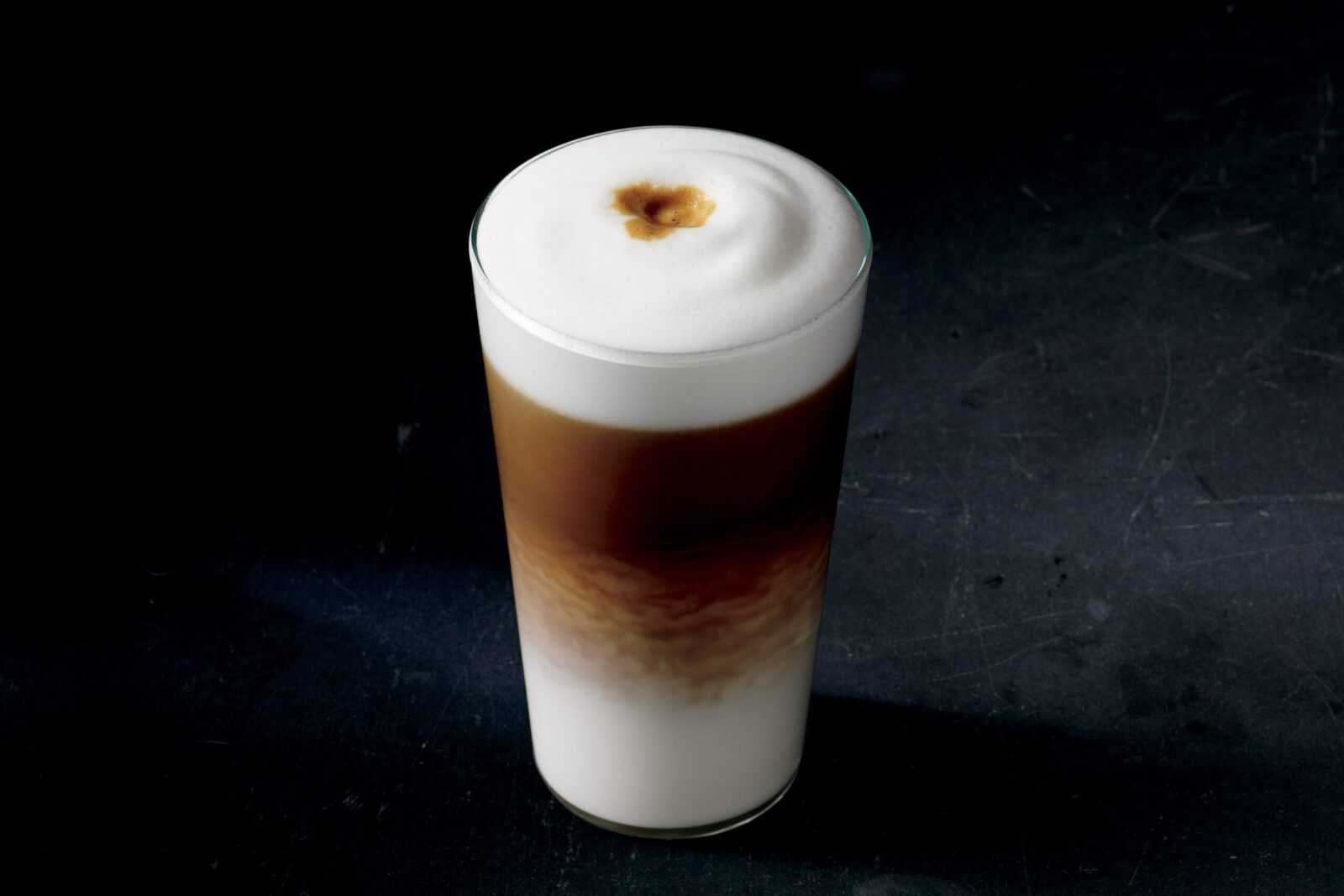BERLIN, Germany – Using coffee and milk, or Latte macchiato, Ulrike Scharfenberger, from the Leibniz-Institute of Freshwater Ecology and Inland Fisheries (IGB), and Tom Shatwell, from Helmholtz-Centre for Environmental Research show in a video how water forms layers in lakes.
So-called stratification occurs when a layer of warm water floats on the surface because it has a lower density than the cold deep water. It is through wind that the surface water mixes with the deep water, creating internal waves.
In lakes, surface water warmed by the sun piles up over the colder deep water in summer. This is due to the temperature-related differences in density of the water. It has its greatest density at 4 °C and thus sinks to the depths.
Warmer water remains at the surface. In autumn, when the temperature is equalised throughout the lake by cooling at the surface, the energy introduced by the wind is sufficient to completely mix the upper and lower water masses.
Oxygen and nutrients are distributed evenly throughout the water body. They will thus be available again for the production and decomposition of biomass during the stratification phase next summer.
Latte Macchiato: Stratification in the coffee cup
With warm milk and cold coffee, Ulrike Scharfenberger and Tom Shatwell simulate in the video how stratification occurs in the lake. A baking paper on the bottom of the basin prevents the coffee and milk from mixing as soon as they are poured together. First the milk is poured into the basin.
When the coffee is poured, it flows under the milk and the baking parchment. When the baking parchment is removed, the milk and coffee remain separate. This transition is called “thermocline” because the temperature there drops abruptly. You can easily see the internal waves or “seiches” along the thermocline, which give the impression of splashing, sloshing water. These small underwater waves are actually created constantly in stratified lakes.
The researchers then show one of the most important phenomena in a mixed lake, the so-called upwelling caused by wind: A hairdryer blows air from right to left. One can see that the thermocline is tilted downwards to the left. When the wind gets stronger, the thermocline also tilts more clearly; in the end, it reaches the surface. At this stage the coffee starts to rise to the surface and mix with the milk. The hairdryer is switched off and the wind stops; the thermocline relaxes again and numerous internal waves move along the thermocline, including a large wave, the so-called soliton wave or internal bore. When the thermocline is horizontal again, we can see that it is deeper than before.
Paying attention? With a real Latte Macchiato, of course, it’s the other way round: at the bottom is the milk, only warm and not hot, on top of which the scalding hot espresso floats. Enjoy!
















